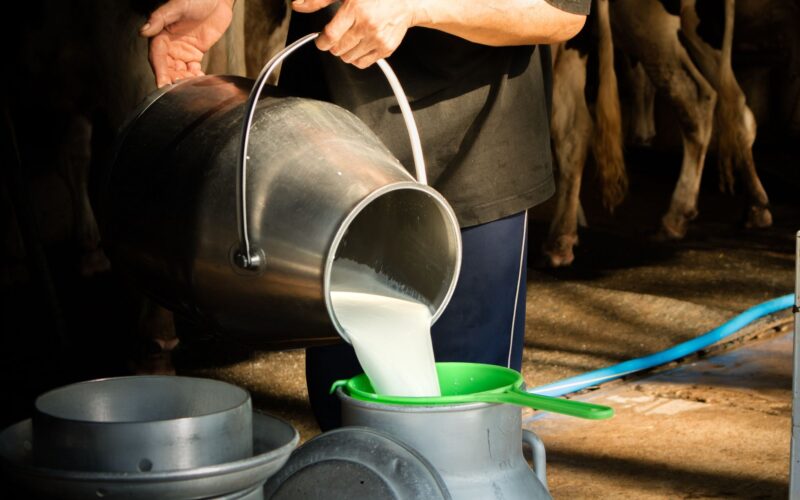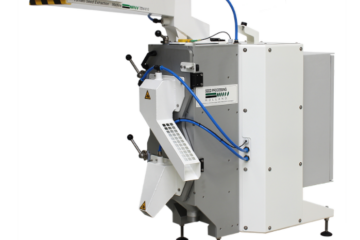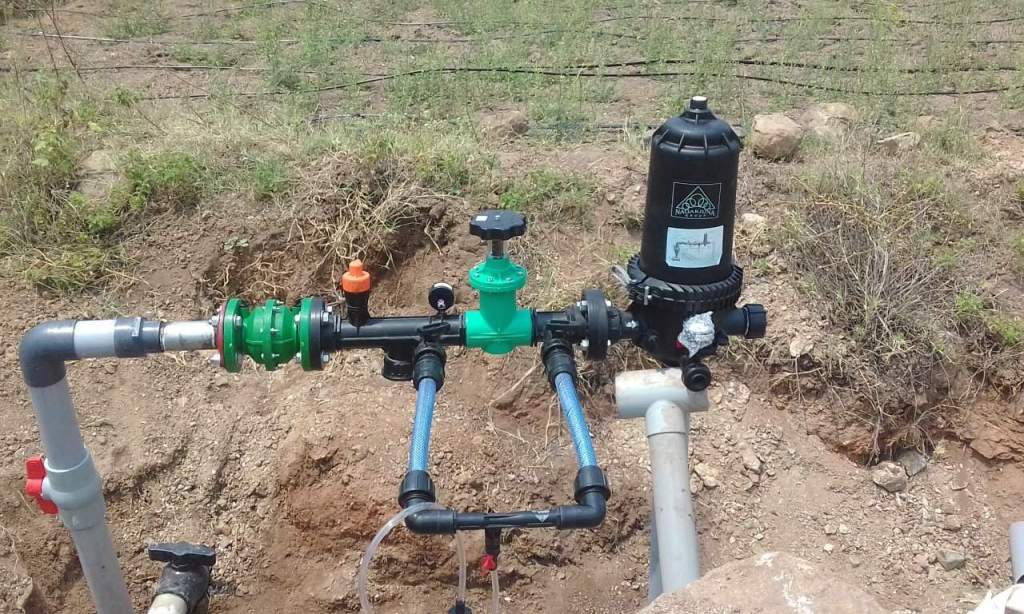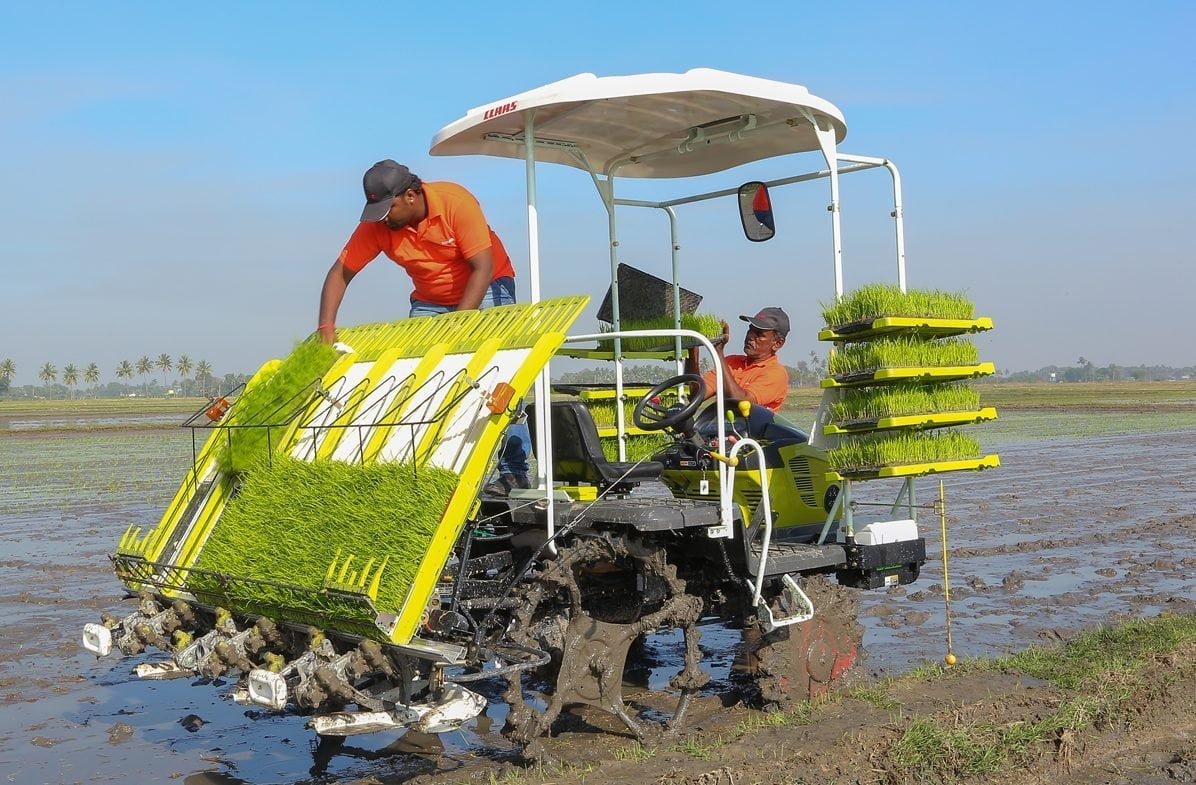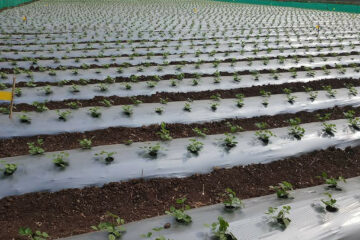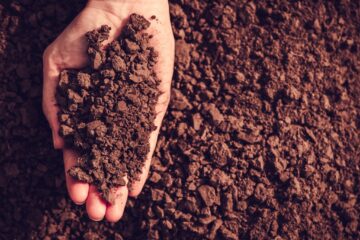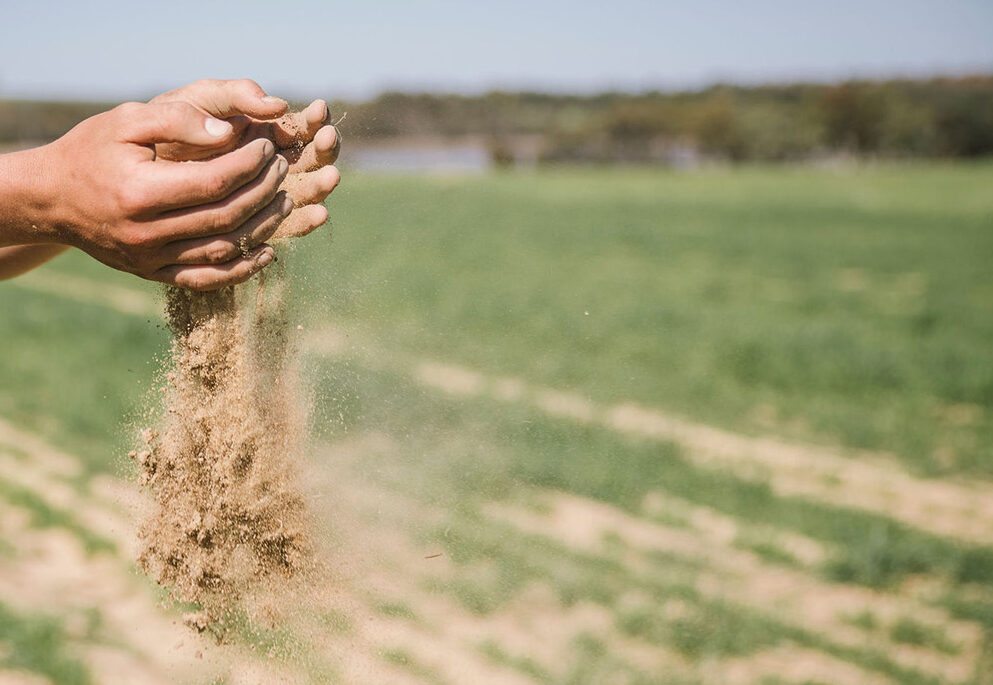In India, agriculture and livestock farming are deeply interconnected, much like two sides of a coin. Many farmers in Tamil Nadu keep one or two cows or buffaloes, selling the milk they produce to support their families. As the livelihood of these farmers depends largely on milk production, they must ensure proper care of their livestock and focus on improving breeding capabilities. Following key techniques can help increase and sustain milk production.
Key Techniques for Increased Milk Production
- Selection of High-Yielding Dairy Cattle:
The most crucial factor in successful dairy farming is choosing high-yielding cows. The cow’s udder size is a primary indicator of its milk production capacity. A productive cow’s udder should be large, well-attached, and firm after milking. For housing, cows should have 50 square feet of space, buffaloes 60 square feet, and calves 15 square feet. - Hygiene and Ventilation in Cattle Sheds:
The shed must be clean, ventilated, and sanitary. Regularly remove manure and urine to prevent diseases like mastitis, which can result in significant economic losses. During summer, wet gunny bags can be hung around the shed to reduce heat stress on animals. - Timely Breeding and Artificial Insemination:
Well-maintained hybrid calves reach puberty between 15-18 months (buffalo calves: 18-24 months). Dairy cows come into estrus every 19-21 days. To ensure optimal breeding, artificial insemination should be performed within 24 hours of observing heat signs. - Proper Nutrition:
Provide balanced feed including green fodder, dry fodder, and concentrate feed. Green fodder should consist of 10 kg grass and 5 kg legumes, which helps improve reproductive and production capacity. It’s essential that cows receive feed with 18% fiber content in a 60:40 ratio of roughage to concentrate feed. - Energy-Rich Feed:
For cows nearing parturition, energy-rich feed like cottonseed and sunflower seed cake should be given 2-3 weeks prior. For lactating cows, provide feed rich in grains (32%), oil cakes (35%), bran (3%), mineral mixture (2%), and salt (1%). - Use of Additives:
Adding 15-20 grams of soda salt to daily feed helps maintain digestive health, preventing acidosis, and promoting the production of fat-rich milk. - Water Supply:
Provide clean drinking water as it is essential for both body metabolism and increased milk production. - Health Maintenance and Vaccination:
Ensure regular deworming and vaccination against major diseases to maintain animal health. Timely intervention with veterinary assistance can prevent reproductive issues like infertility or delayed postpartum recovery. - Weaning and Calf Care:
Cows should be carefully monitored and fed to produce healthy calves. Drying off cows 60 days before calving is essential to maintain future milk production. - Optimizing Herd Size:
Instead of maintaining a large number of low-yield cows, it’s better to manage a smaller herd of high-yield cows.
Since 70% of India’s milk production comes from small and marginal farmers, maintaining good dairy farming practices will ensure increased and sustainable milk yields.
Dr. M. Sudha, Associate Professor and Head, Department of Livestock Products Technology, Veterinary College and Research Institute, Theni – 625 534.

